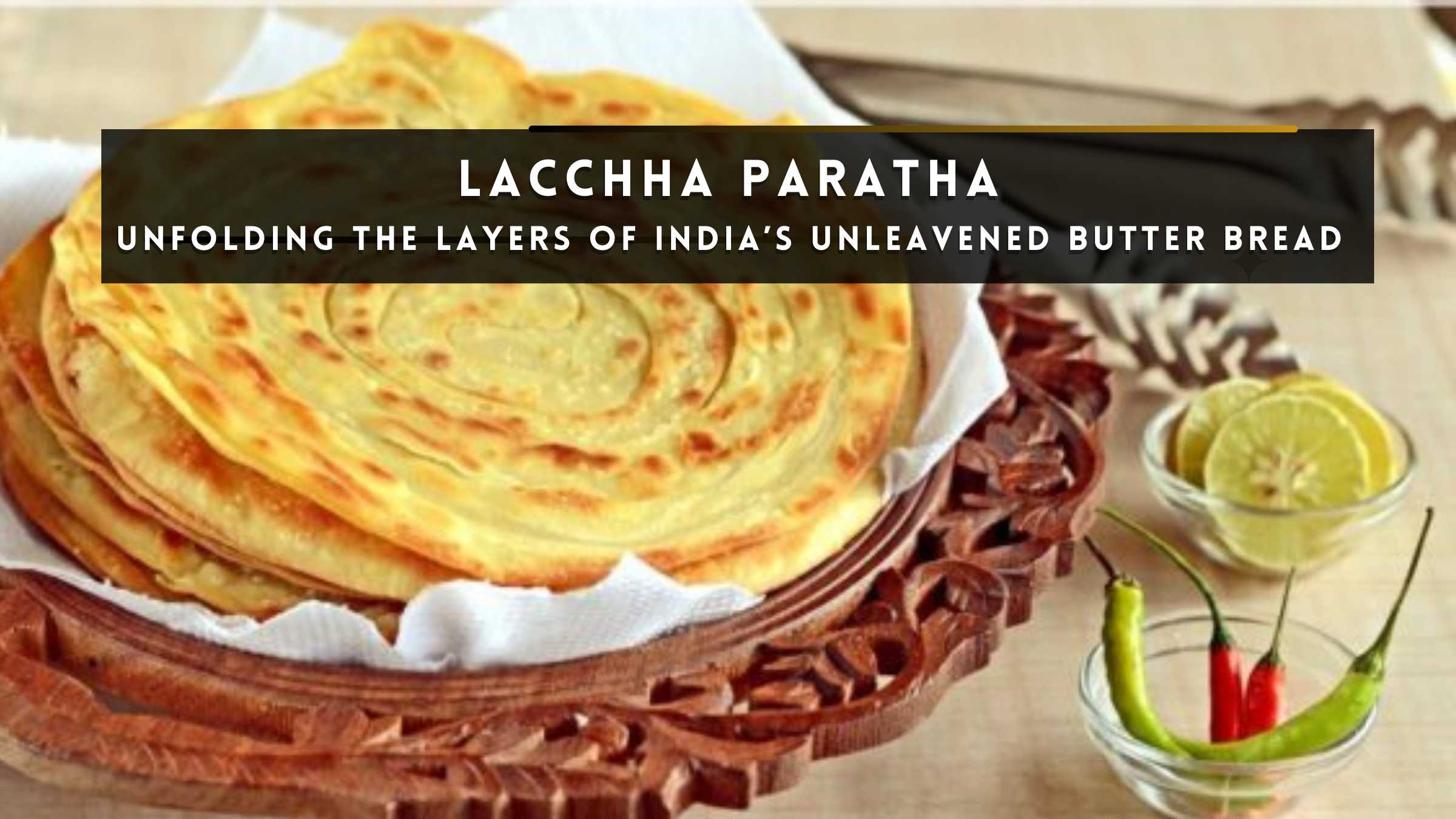Lacchha Paratha: UNFOLDING THE LAYERS OF INDIA’S Unleavened butter bread
https://desiturka.ca/
A Journey through India's Unleavened Butter Bread
In the vibrant tapestry of Indian cuisine, few dishes can match the delightful complexity and comforting flavors of Lacchha Paratha. This quintessential unleavened bread, often referred to as “layered” or “flaky” paratha, holds a cherished place in the hearts and palates of food enthusiasts across the globe.
Its origins may be traced back centuries, deeply rooted in the rich culinary heritage of the Indian subcontinent.
Join us as we start on a flavorful journey to explore the intricacies of Lacchha Paratha, unwrapping the layers of tradition, taste, and technique.
The Essence of Lacchha Paratha:
At the heart of Lacchha Paratha lies simplicity intertwined with skillful craftsmanship. Unlike its leavened counterparts, such as naan or bhatura, Lacchha Paratha is made with basic ingredients readily available in every Indian kitchen – whole wheat flour, water, salt, and ghee (clarified butter).
What sets it apart is the technique used to create multiple thin layers within the dough, resulting in a flaky texture that is both tender and crispy upon cooking.
The Art of Layering:
The magic of Lacchha Paratha lies in its layers, meticulously crafted through a process akin to folding and rolling pastry dough. To achieve this, the dough is first kneaded to the right consistency, neither too firm nor too soft.
It is then divided into small portions, each rolled out into a thin disc.
Next comes the crucial step – applying a thin layer of ghee and dusting with flour before folding the disc into pleats, much like a fan. These pleats are then rolled into a spiral, resembling a coiled rope.
Finally, the spiral is flattened and rolled out again into a disc, revealing the intricate layers within.
Culinary Heritage and Regional Variations:
While Lacchha Paratha is enjoyed across India, its preparation methods and accompanying flavors vary from region to region, reflecting the diverse culinary traditions of the subcontinent.
In North India, it is often paired with rich and creamy gravies like butter chicken or paneer makhani, serving as the perfect counterpart to soak up the flavorful sauces.
In South India, it may be served with spicy curries or tangy chutneys, offering a delightful contrast of tastes and textures.
Versatility on the Plate:
One of the greatest attributes of Lacchha Paratha is its versatility. It can be enjoyed as a standalone dish, accompanied by a dollop of creamy yogurt or tangy pickle, or as a hearty accompaniment to a variety of main courses.
Whether served for breakfast, lunch, or dinner, Lacchha Paratha never fails to satisfy the palate and uplift the soul with its comforting warmth and wholesome flavors
Health Benefits and Nutritional Value:
Despite its indulgent taste and rich texture, Lacchha Paratha can be a nutritious addition to your diet when prepared with wholesome ingredients and consumed in moderation.
Whole wheat flour provides essential nutrients such as fibre, protein, and B vitamins, while ghee offers healthy fats and adds a rich aroma to the dish.
When paired with protein-rich dishes and fresh vegetables, Lacchha Paratha makes for a balanced and satisfying meal that nourishes the body and delights the senses.
The Culinary Legacy of Lacchha Paratha:
Beyond its culinary appeal, Lacchha Paratha embodies a cultural legacy passed down through generations. It serves as a symbol of hospitality and togetherness, bringing families and communities together around the dining table to share stories, laughter, and the simple joys of good food.
Whether enjoyed at home, in a bustling street-side eatery, or at a grand feast, Lacchha Paratha evokes a sense of nostalgia and belonging that transcends borders and generations.
Conclusion:
Lacchha Paratha stands as a testament to the time-honored traditions and culinary ingenuity of India.
